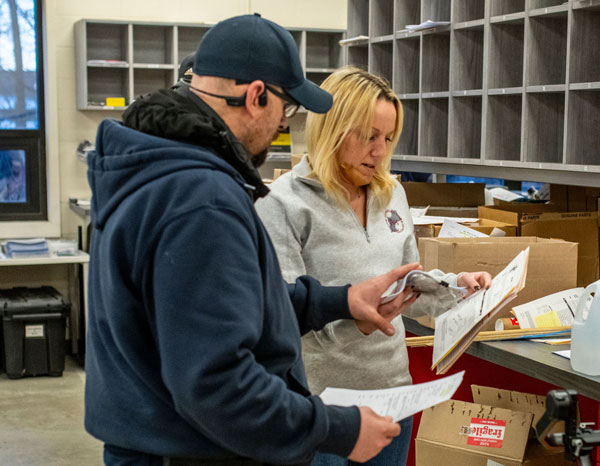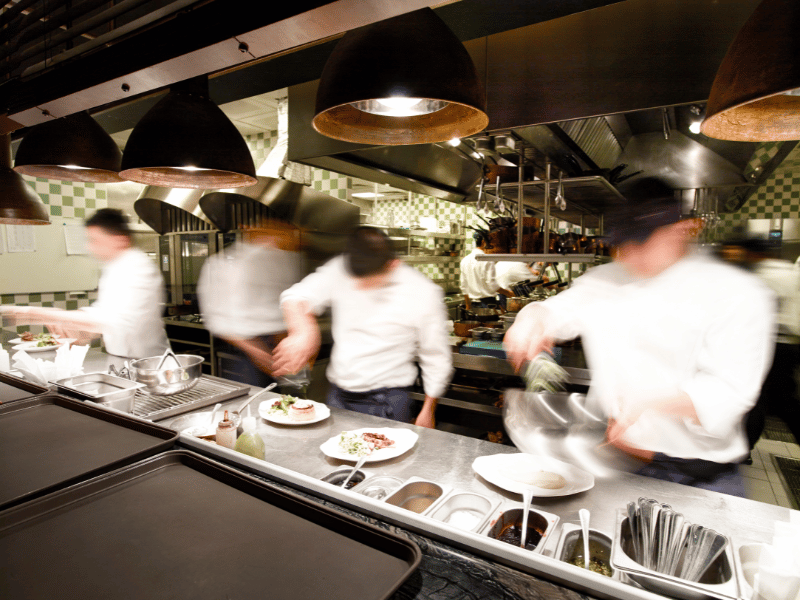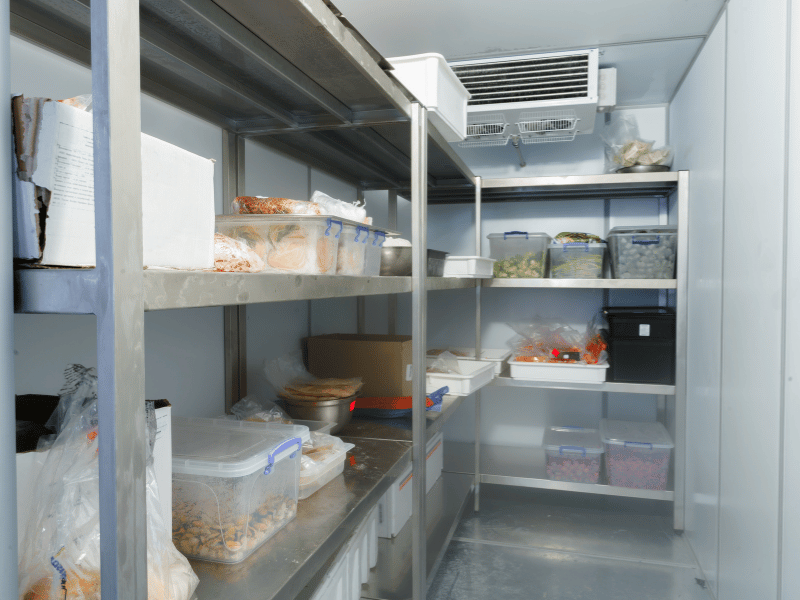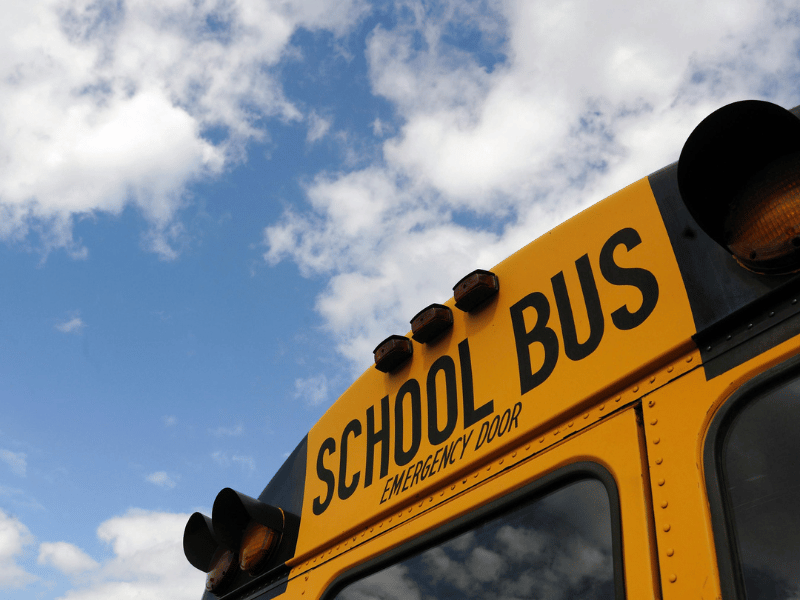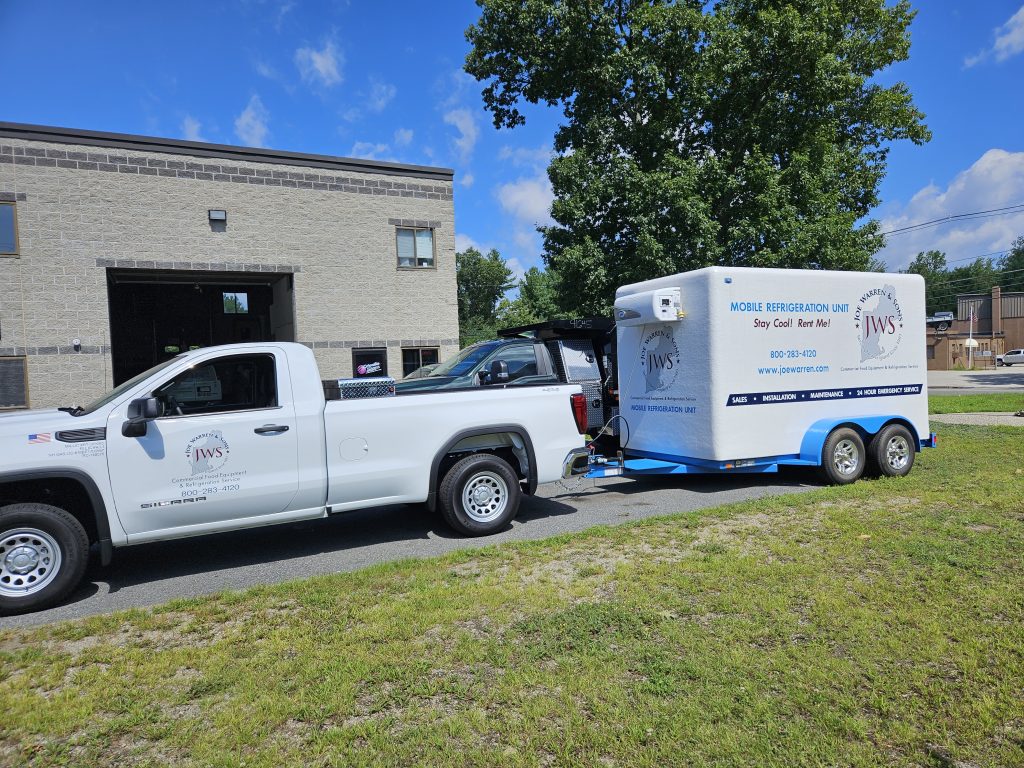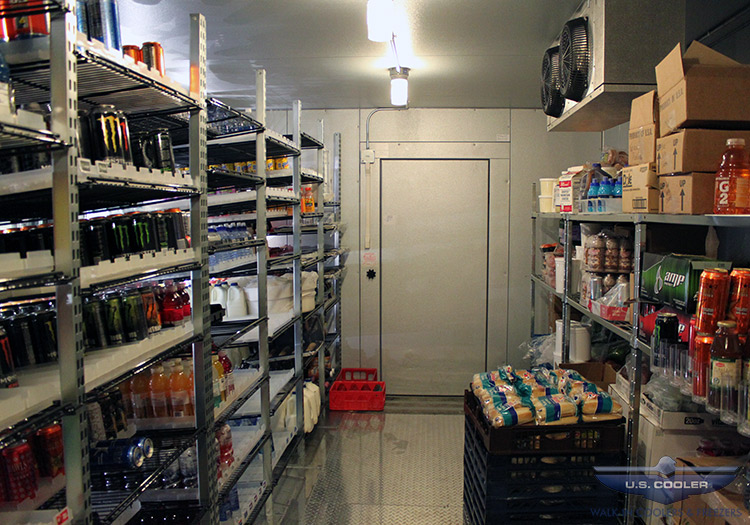As summer winds down and the new academic year approaches, it’s essential to ensure that school kitchens are fully prepared to serve students and staff efficiently. A well-maintained kitchen is crucial for providing healthy meals, preventing costly breakdowns, and complying with health and safety standards. Here’s a comprehensive checklist to help you get your school kitchen equipment ready after the summer break.
1. Deep Clean and Sanitize
- Surfaces and Appliances: Start by thoroughly cleaning all kitchen surfaces, including countertops, tables, and shelves. Ensure that appliances such as ovens, grills, fryers, and mixers are cleaned and sanitized according to manufacturer guidelines.
- Ventilation and Hoods: Don’t forget to clean the ventilation systems and hoods to remove any grease buildup that could be a fire hazard.
- Floors and Drains: Clean and sanitize floors and drains to prevent pests and maintain a hygienic environment.
2. Inspect and Test Equipment
- Refrigeration Units: Check that all refrigerators and freezers are maintaining the correct temperatures. Clean the coils and inspect door seals for any signs of wear or damage.
- Cooking Equipment: Test ovens, stoves, and steamers to ensure they are heating properly and efficiently. Calibrate temperature controls if necessary.
- Dishwashers: Run a test cycle to confirm that dishwashers are operating correctly, including the heating elements for sanitizing. Clean the filters and check for leaks.
3. Check Food Safety Equipment
- Thermometers: Calibrate food thermometers and ensure they are working accurately.
- Fire Extinguishers: Verify that fire extinguishers are fully charged and have been inspected within the required timeframe.
- First Aid Kits: Replenish first aid kits with necessary supplies such as bandages, antiseptics, and gloves.
4. Inventory and Restock Supplies
- Non-Perishable Foods: Take inventory of non-perishable items like canned goods, dry ingredients, and spices. Discard anything that is expired or damaged.
- Cleaning Supplies: Restock cleaning supplies, including detergents, sanitizers, and sponges. Ensure that all chemicals are stored safely and are properly labeled.
- Utensils and Cookware: Check for missing or damaged utensils, pots, and pans. Replace or repair as needed.
5. Schedule Preventative Maintenance
- Professional Inspections: Schedule a professional inspection for critical equipment like refrigeration units, HVAC systems, and cooking appliances. Regular maintenance can prevent unexpected breakdowns during the busy school year.
- Filter Replacement: Replace filters in water filtration systems, ice machines, and HVAC units to ensure optimal performance.
6. Staff Training and Refreshers
- Safety Procedures: Conduct a refresher course on kitchen safety protocols, including the proper use of equipment, fire safety, and food handling procedures.
- Equipment Operation: Provide training on any new or updated equipment to ensure staff are comfortable and competent in its use.
7. Review Compliance and Documentation
- Health and Safety Codes: Ensure that the kitchen meets all local health and safety regulations. Review any changes in codes or regulations that may have occurred over the summer.
- Maintenance Logs: Update maintenance logs with any work performed over the summer and ensure that all documentation is up to date.
By following this checklist, school kitchens can be ready to meet the demands of the new academic year, providing students with nutritious meals in a safe and efficient environment. Joe Warren & Sons is here to assist with all your kitchen equipment needs, from maintenance to repairs, ensuring that your kitchen operates smoothly all year long. Contact us today.

